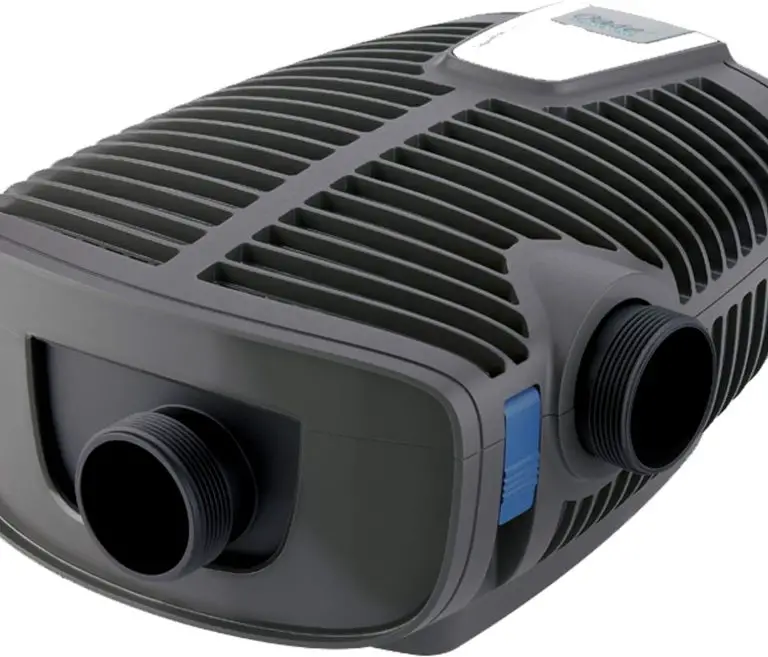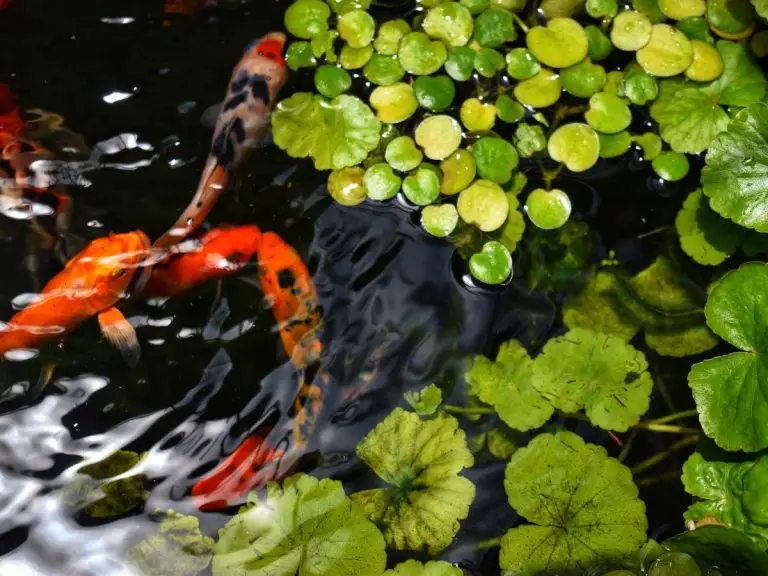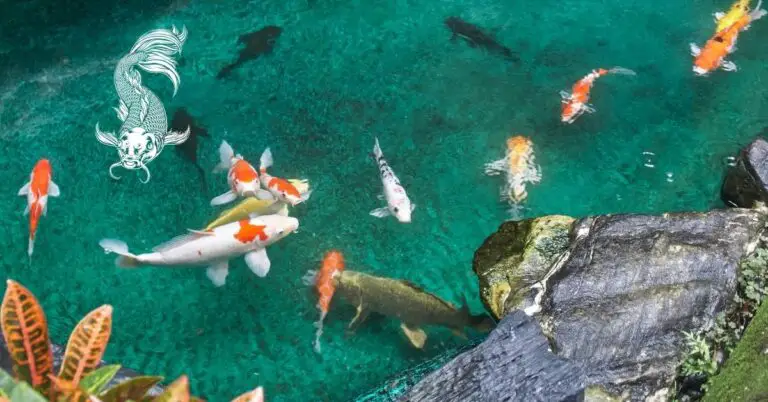Effective Ways to Treat Koi Fin Rot and Prevent Future Outbreaks
Wondering how to treat koi fin rot? You’ve come to the right place! In this article, we will explore various treatment options and preventive measures to help you alleviate this common fish ailment and keep your koi swimming happily. So, let’s dive in!
When it comes to treating koi fin rot, there are several approaches you can take, including medications, natural remedies, and proper water quality management. Meanwhile, maintaining good water quality, proper nutrition, and reducing stress are crucial in preventing fin rot from occurring in the first place.
In the following sections, we’ll provide you with a step-by-step guide to treating fin rot in your koi fish, as well as professional advice and best practices for managing this condition. Keep reading to learn how to nurse your koi back to health and prevent future occurrences of fin rot. Your finned friends will thank you!
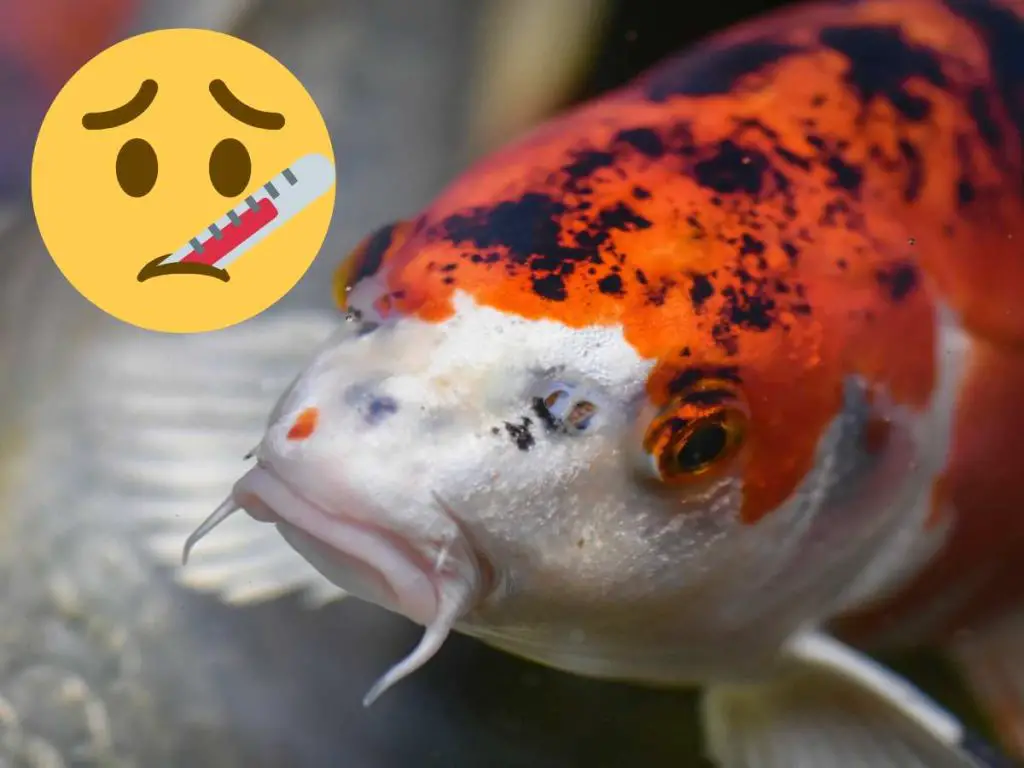
What causes fin rot in koi?
Fin rot is a common ailment that affects koi fish, causing the deterioration of their fins. It is typically caused by bacteria and fungi that thrive in poor water conditions. Factors such as overcrowding, poor water quality, and stress can weaken the koi’s immune system, making them more susceptible to fin rot.
One of the first signs of fin rot is the fraying or shredding of the koi’s fins. The fins may appear ragged or have a whitish or reddish discoloration.
As the disease progresses, the fin tissue may erode, exposing the underlying bones or spines.
Additionally, affected fish may exhibit decreased activity and appetite or other unusual koi behavior, as well as clamped fins or a pale appearance
Treatment for koi fin rot: 3 options
When it comes to treating koi fin rot, there are several options you can consider.
| Treatment Type | Description | Notes |
|---|---|---|
| Medications and Chemicals | Use of antibiotics, antimicrobial treatments, and antifungal treatments. | Follow manufacturer instructions and consult a veterinarian. |
| Natural Remedies | Salt baths, hydrogen peroxide, tea tree oil, aloe vera, and other herbal blends. | Use with caution and consult a professional. Ensure remedies are safe for aquatic environments. |
| Water Maintenance | Managing water quality, testing water parameters, removing waste, and maintaining filtration. | Crucial for treating and preventing fin rot. Supports fish recovery and prevents infection spread. |
1. Medications and chemicals
One common option for treating koi fin rot is the use of antibiotics and antimicrobial treatments. These can help eliminate the bacteria causing the infection and promote healing. It’s important to follow the instructions provided by the manufacturer and consult a veterinarian for the appropriate dosage.
Another option is antifungal treatments, which can be effective in cases where the fin rot is caused by a fungal infection. These treatments work by targeting and eliminating the fungus, helping the fins to regenerate and heal. Be sure to follow the instructions on the product packaging and consult with a professional if needed.
2. Natural remedies
If you prefer natural methods for treating koi fin rot, there are a few options you can try. One technique is salt baths, where koi fish are placed in a bath of diluted saltwater. This can help kill bacteria and promote healing. Another natural remedy is hydrogen peroxide, which can be applied directly to the affected areas. However, it’s important to use these remedies with caution and consult with a professional for guidance.
Herbal or plant-based treatments can also be effective in treating fin rot. Some options include using tea tree oil, aloe vera, or specific herbal blends. These natural remedies can help boost the fish’s immune system and promote healing. However, it’s crucial to ensure that the chosen remedies are safe for use in aquatic environments and to follow the recommended dosages.
3. Water maintenance
In addition to medications and natural remedies, managing water quality and maintenance is crucial for treating fin rot in koi fish. Regularly testing the water parameters, removing excess waste and debris, and maintaining proper filtration can help create a clean and balanced environment.
This, in turn, can support the fish’s recovery and prevent the further spread of the infection.
How can I treat fin rot in my koi?
If you believe your koi have fin rot, there are several key steps you’ll need to take. You may want to consult with a vet or fish expert, who will likely prescribe some combination of the following.
Isolating infected fish and quarantine measures
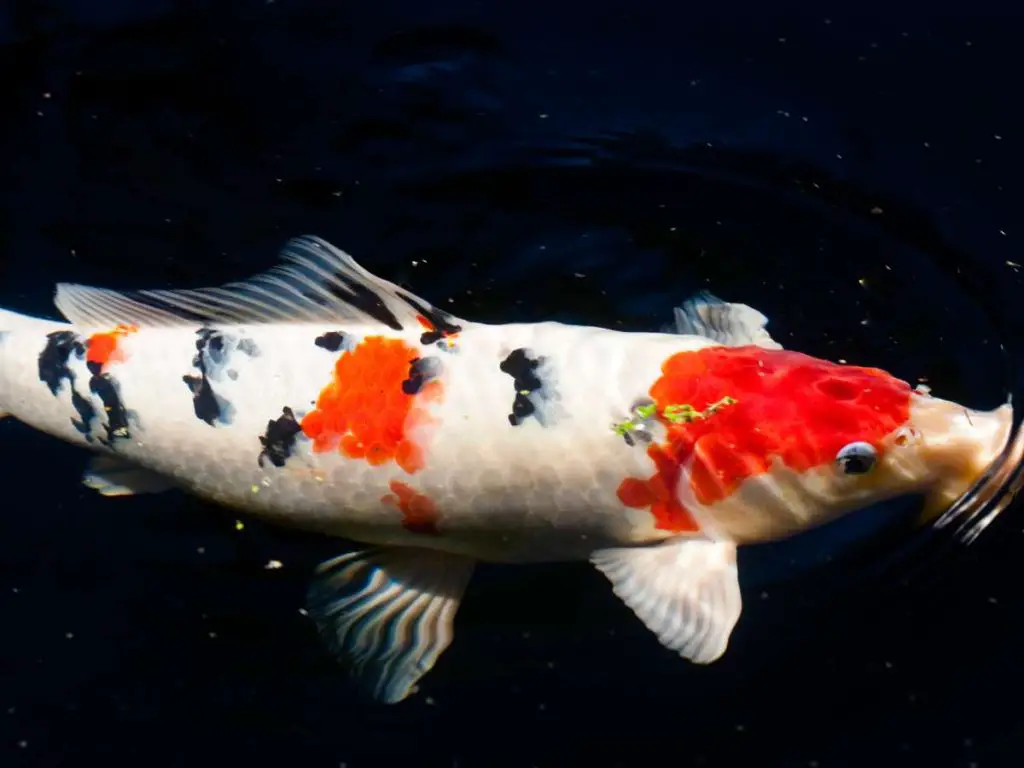
When dealing with fin rot in your koi, the first step is to isolate any infected fish. This is crucial to prevent the spread of the disease to other healthy fish. You can do this by using a separate quarantine tank or pond specifically for the sick fish. Make sure the isolation area is well-ventilated and has proper filtration and water quality.
Cleaning and disinfecting the pond or tank
After isolating the infected fish, it’s important to thoroughly clean and disinfect the main pond or tank where the koi are kept. This will help remove any potential sources of infection and ensure a clean environment for the other fish. Use a non-toxic disinfectant specifically designed for ponds or tanks. Scrub the surfaces, rinse thoroughly, and replace the water.
Administering medications or natural remedies
Once the infected fish are isolated and the pond or tank is clean, it’s time to administer necessary treatments. There are different options available, depending on your preference and the severity of the fin rot. You can use medications like antibiotics or antimicrobial treatments to combat bacterial infections. Alternatively, you can opt for natural remedies such as salt baths or hydrogen peroxide, which can help kill bacteria and promote healing. Consult a veterinarian or fish expert for specific treatment recommendations based on your situation.
Regular monitoring and follow-up treatments
Treating fin rot in koi is not a one-time fix. It requires ongoing monitoring and follow-up treatments to ensure the infection is fully eradicated. Keep a close eye on the isolated fish, checking for any signs of improvement or worsening of the condition. If necessary, continue administering medications or natural remedies as recommended by the veterinarian or fish expert. Regularly test water parameters and maintain good water quality to support the fish’s recovery process.
Preventing koi fin rot in the first place
| Preventive Measure | Description |
|---|---|
| Water Quality | Regularly test water parameters (pH, ammonia, nitrate) and maintain a balanced environment. |
| Proper Nutrition | Feed koi a well-balanced diet with high-quality food. Avoid overfeeding. |
| Reduce Stress | Ensure adequate space, avoid overcrowding, and introduce new fish cautiously. |
| Regular Maintenance | Remove debris, perform routine water changes, and avoid harsh chemicals. Use fish-friendly treatments. |
Keeping your koi fish healthy and free from fin rot is crucial for their overall well-being. By implementing a few preventive measures, you can significantly reduce the risk of your koi developing this frustrating condition.
First, you’ll want to maintain good water quality and a balanced environment.
Proper water quality is essential for preventing fin rot in koi fish. Regularly test the water parameters, such as pH, ammonia, and nitrate levels, to ensure they are within the appropriate range. Install a reliable filtration system to keep the water clean and remove any waste or debris. Additionally, consider adding beneficial bacteria to the pond or tank to help maintain a balanced environment.
Second, you should always be providing proper nutrition to your koi and following good feeding practices.
Feeding your koi a well-balanced diet with high-quality food is vital for their overall health and immune system. Look for fish food specifically formulated for koi that contains all the necessary nutrients. Avoid overfeeding, as excess food can contribute to poor water quality and increase the risk of developing fin rot. Feed your fish only what they can consume within a few minutes and remove any uneaten food promptly.
Third, reducing stress and minimizing injuries in your backyard pond is crucial.
Koi fish can become stressed easily, which weakens their immune system and makes them more susceptible to fin rot. Minimize stressors by ensuring there is enough hiding spots and adequate space in the pond or tank. Avoid overcrowding and be cautious when introducing new fish to prevent aggression or injuries.
Additionally, regularly inspect the pond or tank for any sharp objects or rough surfaces that could injure your koi and provide a breeding ground for bacteria.
Finally, you’ll need to provide regular tank or pond maintenance to sustain the proper level of hygiene.
There’s no way around it: cleanliness plays a crucial role in preventing fin rot. Regularly remove any debris or decaying matter from the pond or tank, as they can promote the growth of harmful bacteria. Perform routine water changes to maintain optimal water quality and reduce the accumulation of waste.
You’ll also want to avoid using harsh chemicals or cleaners that can harm your koi. Opt instead for fish-friendly pond treatments to keep the water clean and healthy.
Professional advice for treating koi fin rot
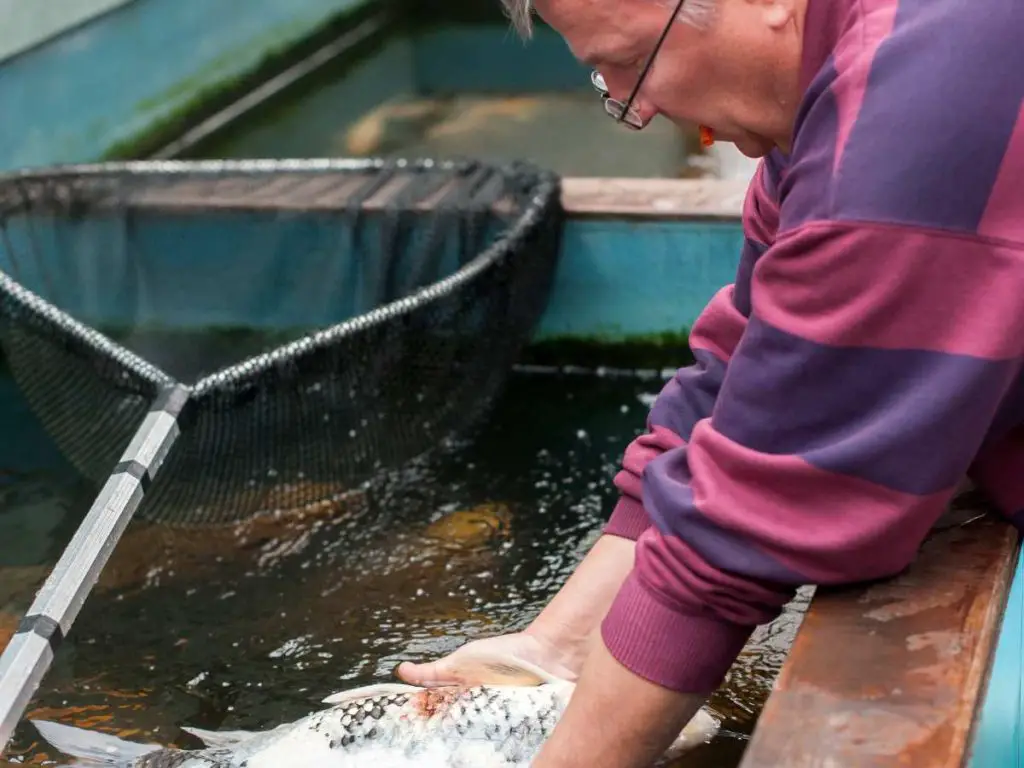
If you’re dealing with koi fin rot and you’re not sure what to do, it’s always a good idea to seek professional advice. Veterinarians who specialize in fish or aquatic animals can provide valuable insights and recommendations for treating fin rot effectively.
These experts have extensive knowledge and experience in diagnosing and treating various fish ailments, including fin rot. They can identify the underlying cause of the infection and recommend the most appropriate treatment options based on your specific situation.
So don’t be shy about reaching out to a veterinarian or fish expert. They are there to help and guide you through the process. They can also give you advice on how to prevent fin rot from recurring in the future.
Experienced koi keepers and breeders’ recommendations
In addition to consulting professionals, it can be helpful to tap into the knowledge and experience of experienced koi keepers and breeders. These individuals have likely dealt with fin rot at some point and may have valuable insights and tips to share.
Reach out to local koi clubs or online forums dedicated to koi keeping to connect with fellow hobbyists. Share your situation and ask for their advice on treating and preventing fin rot in koi fish.
Experienced koi keepers and breeders can offer practical advice based on their personal experiences. They may have tried and tested treatment methods or preventive measures that have proven successful in their own ponds.
Keep in mind that while their advice can be valuable, it’s essential to cross-reference it with information from professionals. Every situation is unique, and what works for one person may not work for another. The more perspectives and information you gather, the better equipped you’ll be to make informed decisions for your koi fish.
Best practices for preventing fin rot in koi
Preventing fin rot in koi fish requires a proactive and consistent approach. By observing and responding to early signs of fin rot, implementing preventive measures, and regularly monitoring fish behavior, you can ensure the health and well-being of your koi.
If you notice any changes in your koi’s fins, such as fraying, discoloration, or erosion, it’s important to take action immediately. These early signs could indicate the onset of fin rot, and the sooner you address it, the better chance your koi has of recovery.
Implement preventive measures consistently
Prevention is key to avoiding fin rot in your koi. Maintaining good water quality and a balanced environment is crucial. Regular water testing and monitoring for ammonia, nitrite, and nitrate levels can help you catch any imbalances before they become a problem. Additionally, ensuring your koi have a proper diet, low-stress environment, and minimizing injuries through careful handling and tank or pond maintenance can all contribute to preventing fin rot.
Finally, just like humans, it’s important to regularly check on the health of your koi. Take the time to observe their behavior and look for any signs of distress or illness. Any changes in appetite, swimming patterns, or interaction with other fish can be indicators that something is wrong. By being proactive and addressing any issues as soon as they arise, you can help prevent fin rot and other health problems from worsening.
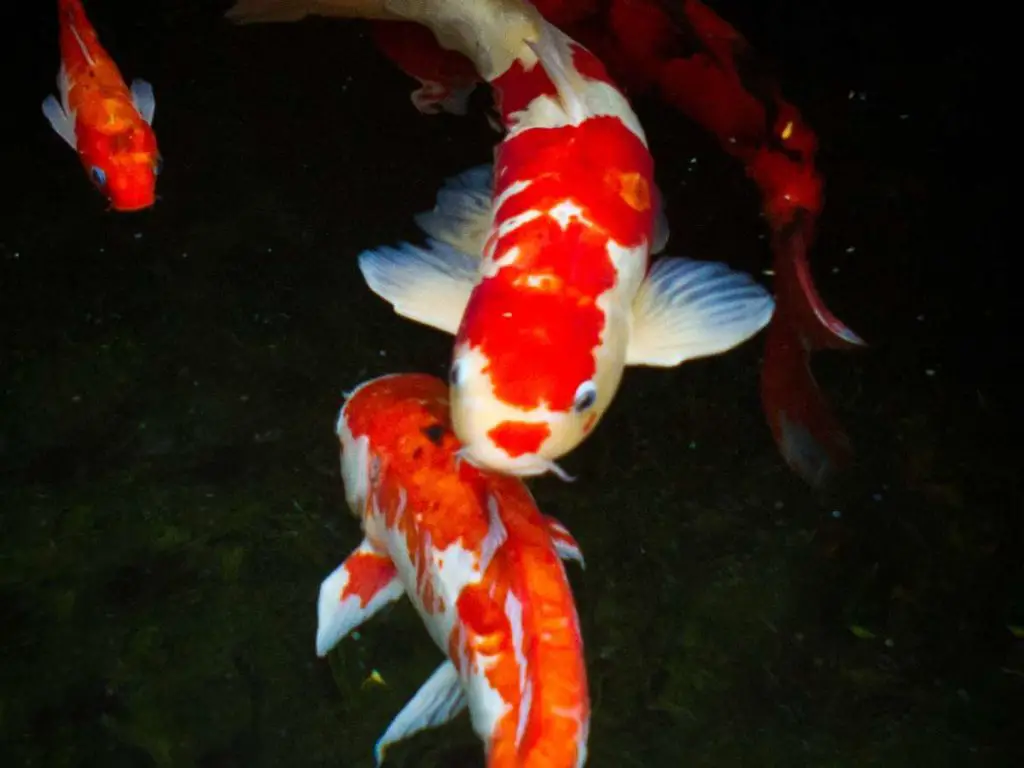
Provide the best fin rot treatment for koi!
So, now you know how to treat koi fin rot and prevent it from occurring in the first place. Let’s quickly recap the main points we covered in this article:
- Fin rot in koi fish is a common problem caused by bacterial or fungal infections.
- Treatment options include medications, natural remedies, and proper water quality management.
- To treat fin rot, you’ll need to isolate infected fish, clean and disinfect the pond or tank, and administer appropriate treatments.
- Prevention is key and involves maintaining good water quality, providing a balanced diet, reducing stress, and regular maintenance.
- Seeking professional advice from a veterinarian or experienced koi keepers can be helpful.
- It’s important to observe early signs of fin rot, implement preventive measures consistently, and regularly monitor fish health.
Now armed with this knowledge, you can confidently take care of your koi fish and keep them healthy and happy. Remember, prompt treatment is crucial, so don’t hesitate to take action if you notice any signs of fin rot. With proper care and attention, your koi fish will flourish and bring joy to your pond for years to come.
Related Questions
Can I use over-the-counter medications to treat koi fin rot?
While over-the-counter medications may provide some relief, it’s best to consult with a veterinarian or fish expert before using any medications on your koi. They can recommend the most effective treatments and ensure proper dosage and usage to prevent any harm to your fish.
Is fin rot contagious to other fish in my pond or tank?
Yes, fin rot can be contagious to other fish in your pond or tank. It is important to isolate any infected fish and quarantine them to prevent the spread of the disease. Treating the infected fish promptly and maintaining good water quality and hygiene practices will help minimize the risk of fin rot spreading to other fish.


